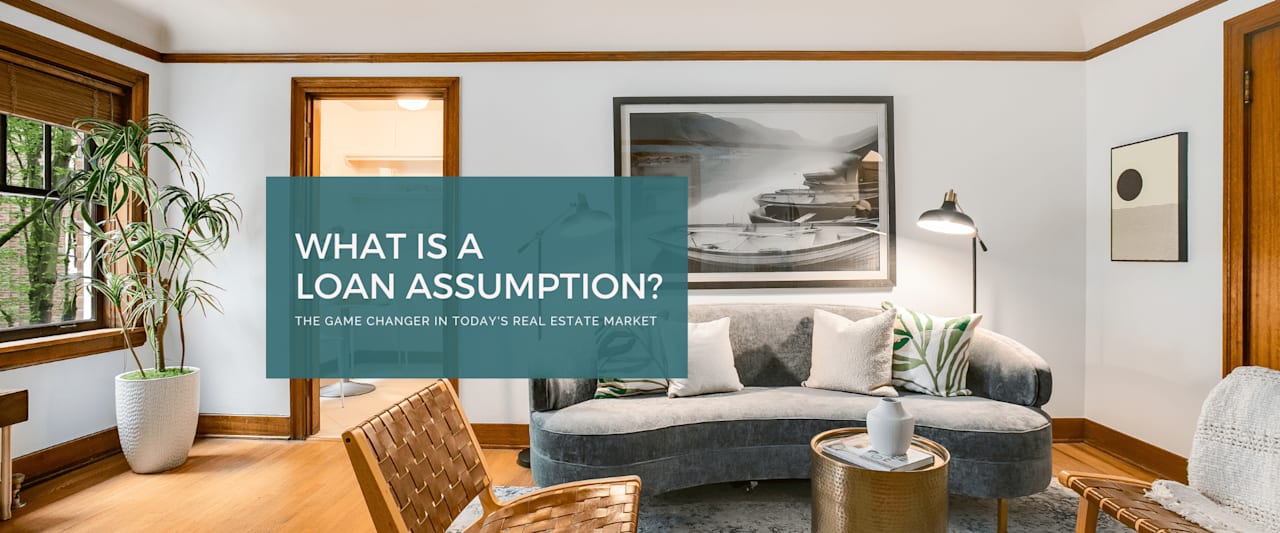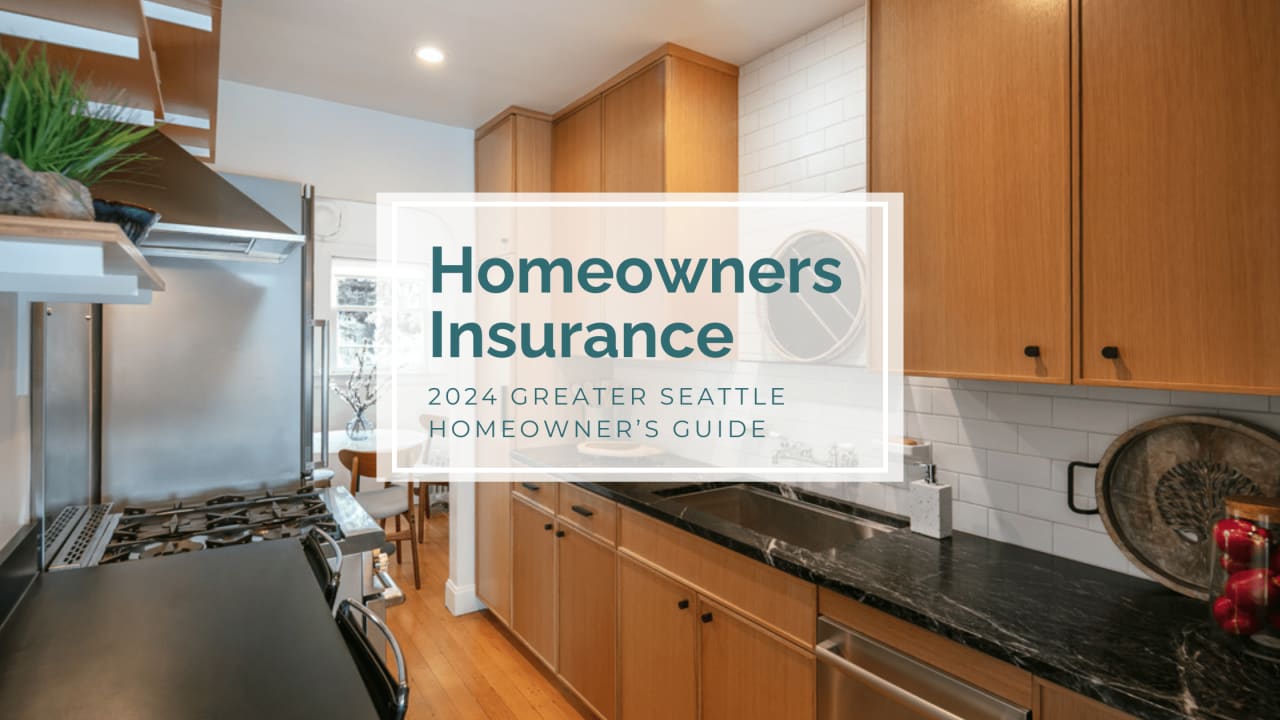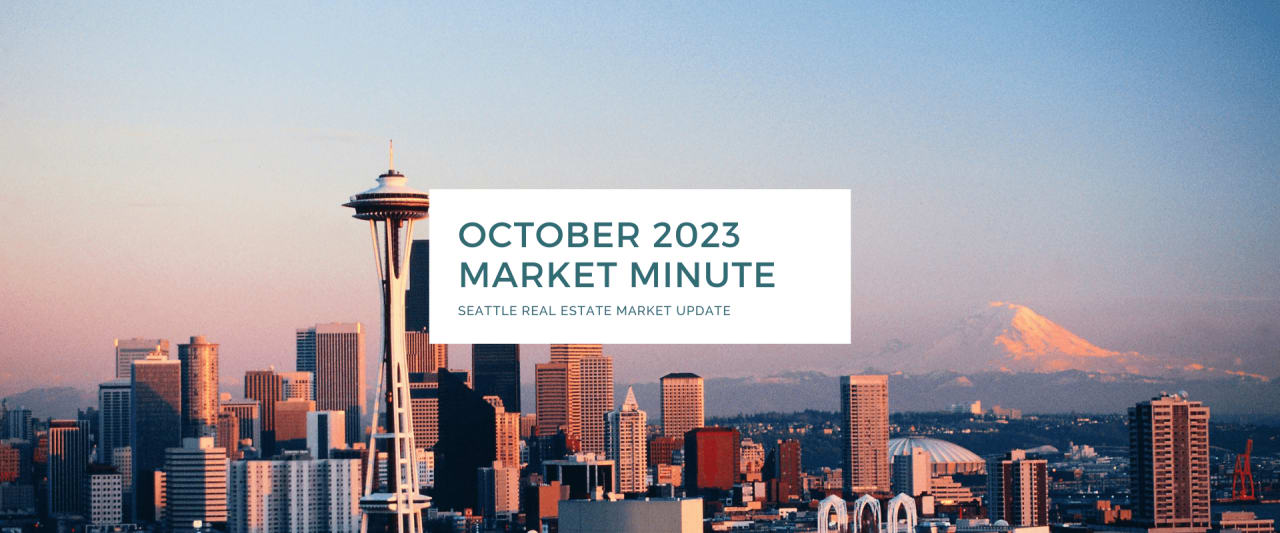Loan Assumptions: The Game Changer in Today's Real Estate Market
Real Estate

Real Estate

Hello readers!
From my recent email to you all, you might have gotten a hint about the intriguing world of real estate and how rapidly it keeps evolving (Not on the email list? Sign up here.).Today, we are delving deeper into a strategy that might be a game changer for many: loan assumptions.
In the simplest terms, a loan assumption is when a buyer takes over (or “assumes”) the seller’s current mortgage at its existing interest rate. This means the buyer will continue to pay off the remainder of the loan, taking advantage of historically low-interest rates like 3%. And, upon closing of the sale, the seller is no longer responsible for the loan.
For example, if a home is listed for $700,000 and the seller has a remaining mortgage balance of $500,000 at a 3% interest rate, a buyer could assume this mortgage. The buyer would then either pay the remaining $200,000 difference directly to the seller in cash or secure another form of financing, such as a conventional 30-year mortgage.
Seller’s Perspective: By offering their home with an assumable loan, sellers can potentially attract a larger pool of buyers. Plus, with the advantage of a lower interest rate, they might even get a higher selling price. The property will likely sell very quickly. A low-interest rate is incredibly valuable.
Buyer’s Perspective: This is an opportunity to lock in a much lower interest rate than the current market rate (especially when today’s interest rates hover around 7.5%). This can lead to significant savings over the life of the loan. Also, closing costs are significantly less.
Here's a quick example of the potential cost savings using the $700,000 purchase example above:
Cash Option: down payment of $200,000 to Seller
$700,000 - Purchase price
$2,885 - Monthly principal and interest payment (P&I) on the remaining $500,000 loan assumption
$200,000 - Cash down payment
$7,000 - Closing Costs
Total Cash to Close: $207,000
Total Monthly Principal and Interest Payment: $2,885
*This estimate does not include property taxes and insurance
No Loan Assumption - Financed Purchase with 20% at 7.5% Interest Rate
$700,000 - Purchase price
$4,511 - Monthly principal and interest payment on the $200,000 financed
$140,000 - 20% down payment
$14,925 - Closing Costs
Total Cash to Close: $154,925
Total Monthly Principal and Interest Payment: $4,511
*This estimate does not include property taxes and insurance
There's no denying that loan assumption is a powerful tool in today's market. The most difficult part is identifying homes/sellers with assumable loans. But, we can help with that!
It's crucial to understand that not all loans are assumable. However, government-backed loans, such as VA, FHA, and USDA loans, are inherently assumable. Additionally, many ARM loans become assumable once their adjustable-rate period concludes. Due to the prevalence of these loan types in our region, numerous opportunities arise for both buyers and sellers.
It's worth highlighting that ANYONE can assume ALL VA loans. This means buyers don’t need to be veterans to assume VA loans. The specifics of veterans' loan eligibility post-assumption vary, as eligibility thresholds differ among veterans. For further details on this aspect, consulting your lender is advisable.
For FHA, USDA, and ARMs, buyers must satisfy the government loan product's eligibility criteria.
While the process might differ slightly based on the type of loan, some general steps include:
Application: Potential assumers must apply like any other loan process. The lender will evaluate their creditworthiness and ensure they meet the loan's eligibility conditions.
Approval: Upon approval, a few administrative tasks are required—the specifics of which often depend on the loan in question.
Finalizing the Deal: After fulfilling all requirements, the buyer can assume the loan, allowing property ownership to transfer. This process typically spans 45-90 days. Closures might be slower due to loan servicers’ laxity in these transactions. Since banks don't profit directly from the sale, they may not expedite the process.
The dynamics of the real estate market are always shifting, and strategies like loan assumptions are ways to navigate the tides. Whether you're a prospective buyer or a seller aiming for the best deal, understanding loan assumptions can offer a distinct advantage.
Stay up to date on the latest real estate trends.

Sellers
You know that saying you have to spend money to make money? It also applies to selling your home.

Tips & Advice

Market Updates
Has affordability gone by the wayside?

Tips & Advice

Real Estate
What's it all about anyway?

Market Updates
Seattle, Edmonds, and Burien

Sellers

Market Updates

Why We Can't (and Don't) Label Schools as "Good" or "Bad"
You’ve got questions and we can’t wait to answer them.